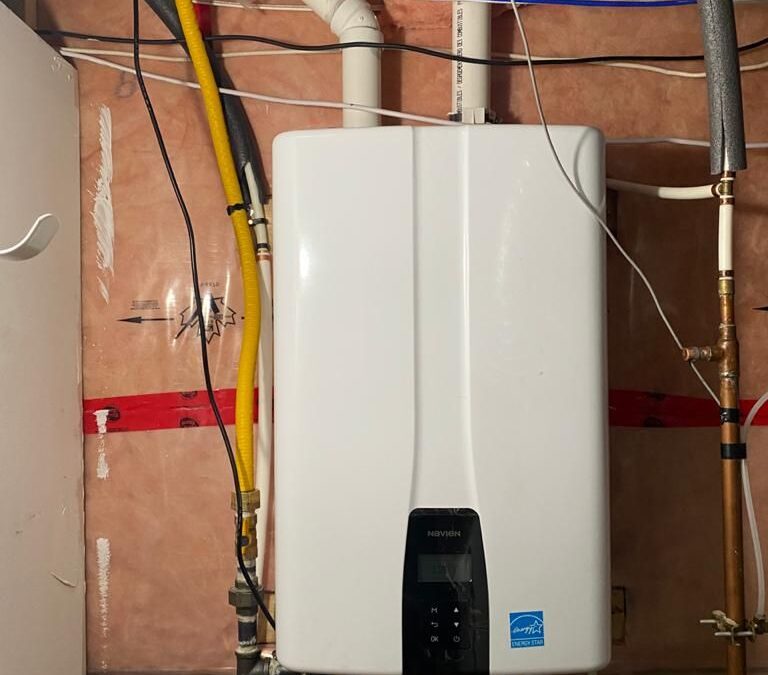Your water heater is a valuable appliance in your home. And since a hot water tank cost can be as high as $10,000 or more including installation, getting the most out of your water heater and avoiding premature deterioration is a goal many homeowners have. The good news is that there are some simple hot water tanks maintenance measures that you can take to lengthen the lifespan of your water heater. While you cannot completely avoid repairs or having to eventually replace your water tank, proper maintenance goes a long way into making your water heater last longer. So how long does a hot water tank last? A hot water tank lifespan is approximately 7-15 years.
Some maintenance tasks are quite straightforward, like draining your water heater or pressure relief and pilot light maintenance. Other measures that are more complex may require the services of a professional.
Check the Pressure Valve
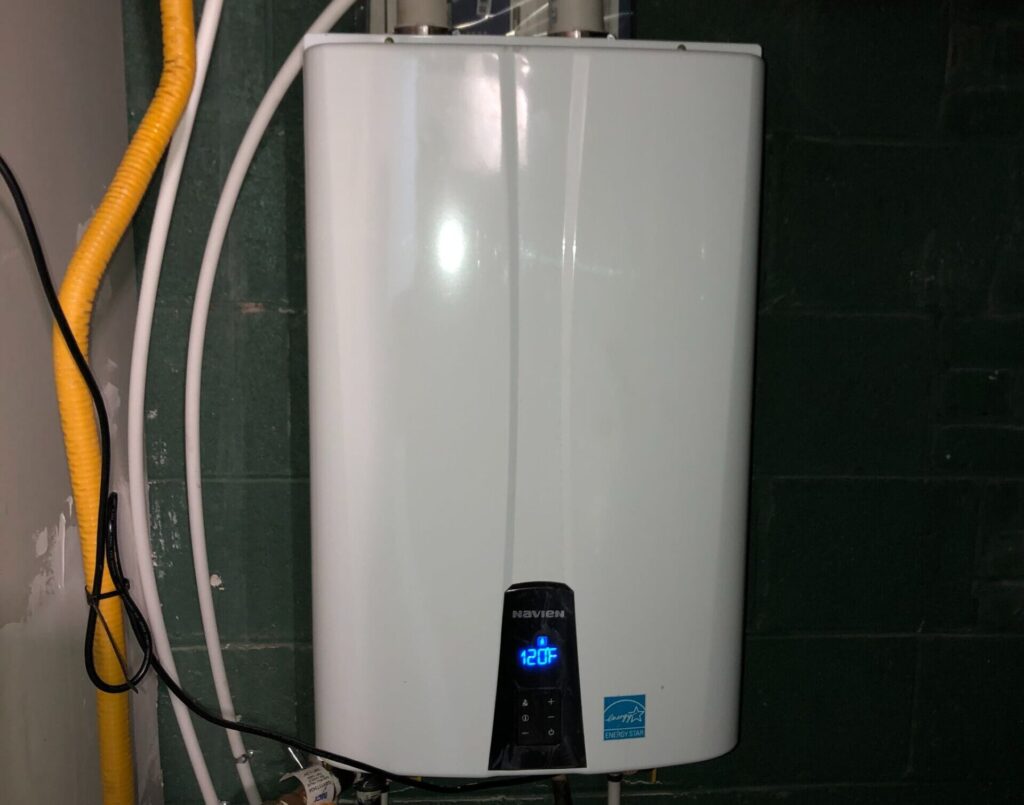
A temperature and pressure relief valve is present on both gas and electric hot water tanks as a safety feature. If the pressure within the tank becomes too high, the relief valve opens and releases some of the pressure. A faulty relief valve will allow pressure to rise uncontrollably and may cause your tank to eventually explode. To check the pressure valve, go through the following steps:
- First, turn off the electricity or gas connected to the water heater. This will extinguish the pilot light.
- Turn off the cold-water inlet to the water heater.
- Place a bucket to collect water from the pressure relief valve.
- Pull the lever on the valve which will release some pressure. You should hear air and see droplets of water escaping through the pressure relief valve. If this does not happen, you’ll need to drain the tank and replace the valve.
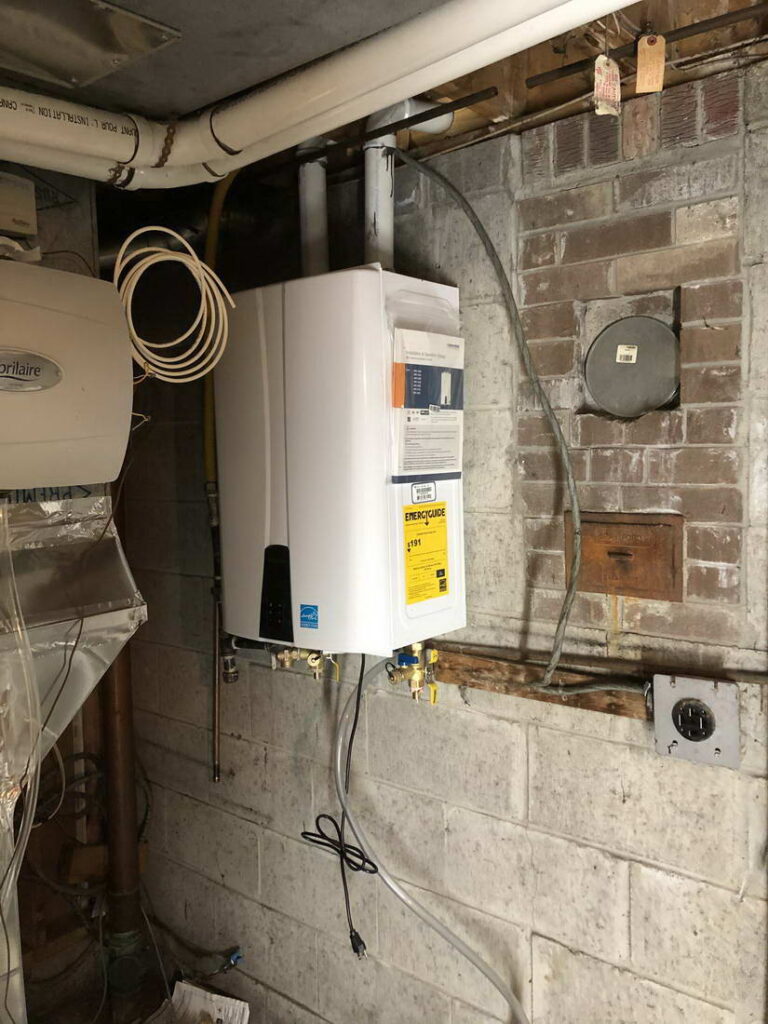
Need to Replace the Relief Valve?
Replacing the valve will require you to remove the discharge pipe and then unscrew the valve.
- Be sure to examine the length of the stem so you can buy a replacement with the precise measurements.
- Screw the new valve into position and tighten using a wrench.
- Restore the discharge pipe to its original position and turn on the water.
- Follow the manufacturer’s instructions to determine whether you need to restart the pilot light or simply reconnect the electricity or gas.
Flush the Tank
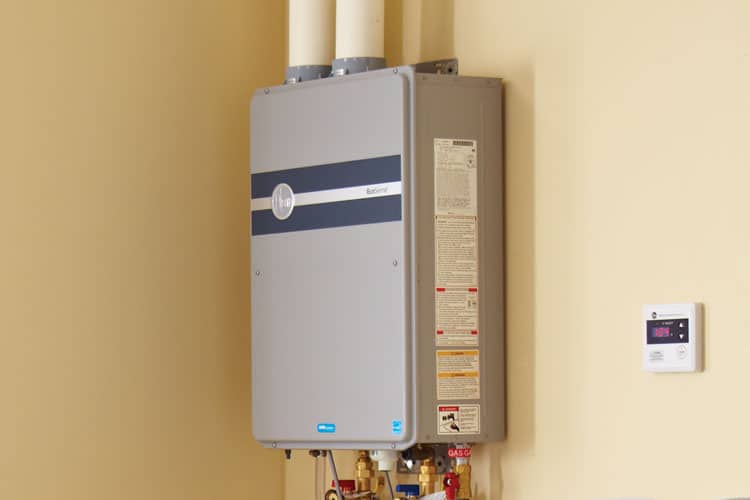
Water contains sediment that can build up inside your tank and affect the performance of your water heater. They can also block your water line, so it’s important to flush the tank from time to time.
- Switch off the electricity or gas to the water heater and turn off the cold-water inlet to the water heater.
- Attach a garden hose to the drain valve on the tank.
- While the pressure relief valve is open, open the drain valve and let the water drain out completely. This will flush out all the sediments in the tank.
- Once all the water is out, close the tank drain valve, remove the hose that is attached to the valve and close the pressure relief valve.
- Switch on the cold-water inlet to the tank.
Adjust the Temperature
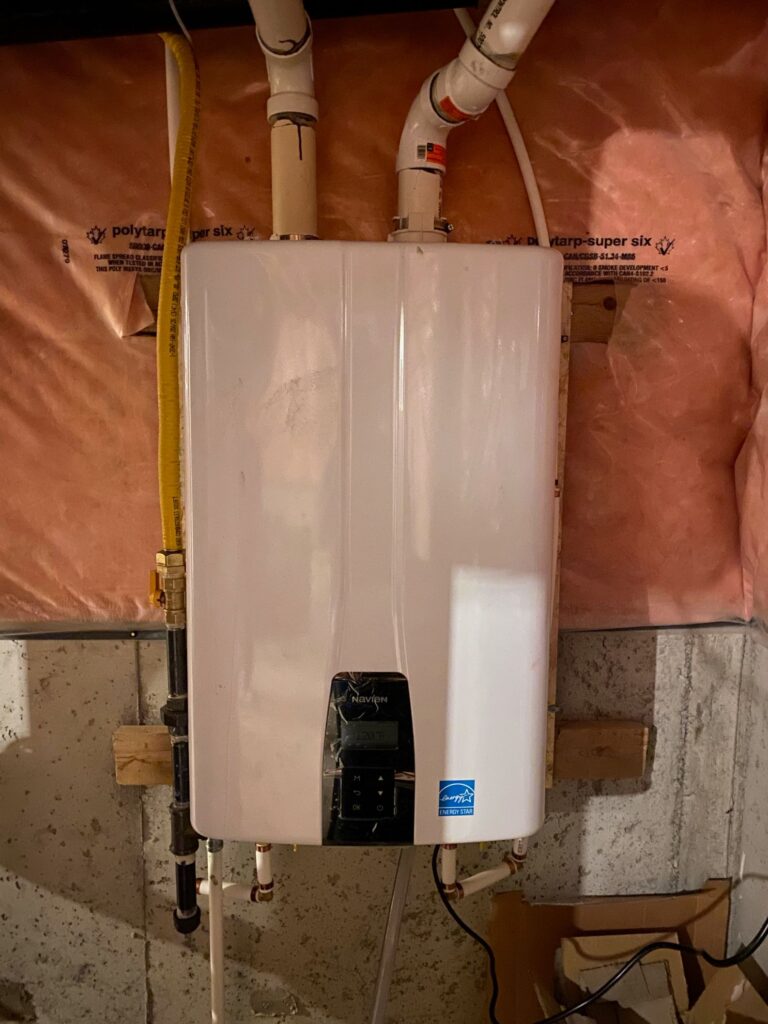
The temperature dial is usually located on the side of the tank. When you locate it, unscrew the cover and use a flathead screwdriver to adjust the dial to 120 degrees. Setting it to the right temperature can save money on your energy costs – with 5 percent of savings for every 10-degree d in temperature.
Remember to either lower the thermostat of your water heater or turn off your water heater completely if you plan to be away from your home for longer than three days.
Insulate the Pipes
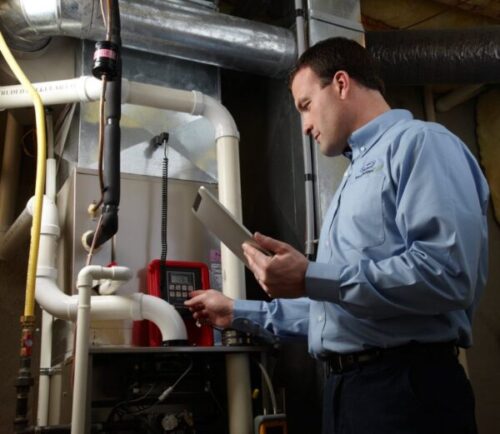
You will need to know the diameter of your pipes to purchase the right type of insulation.
- Purchase self sticking 3/8-inch-thick foam pipe insulation.
- Place this over the hot and cold-water pipes as best you can. Doing this over the cold-water pipes will help prevent condensation during summer months.
- Peel off the tape and squeeze the insulation to keep it in place.
Insulate the Heater
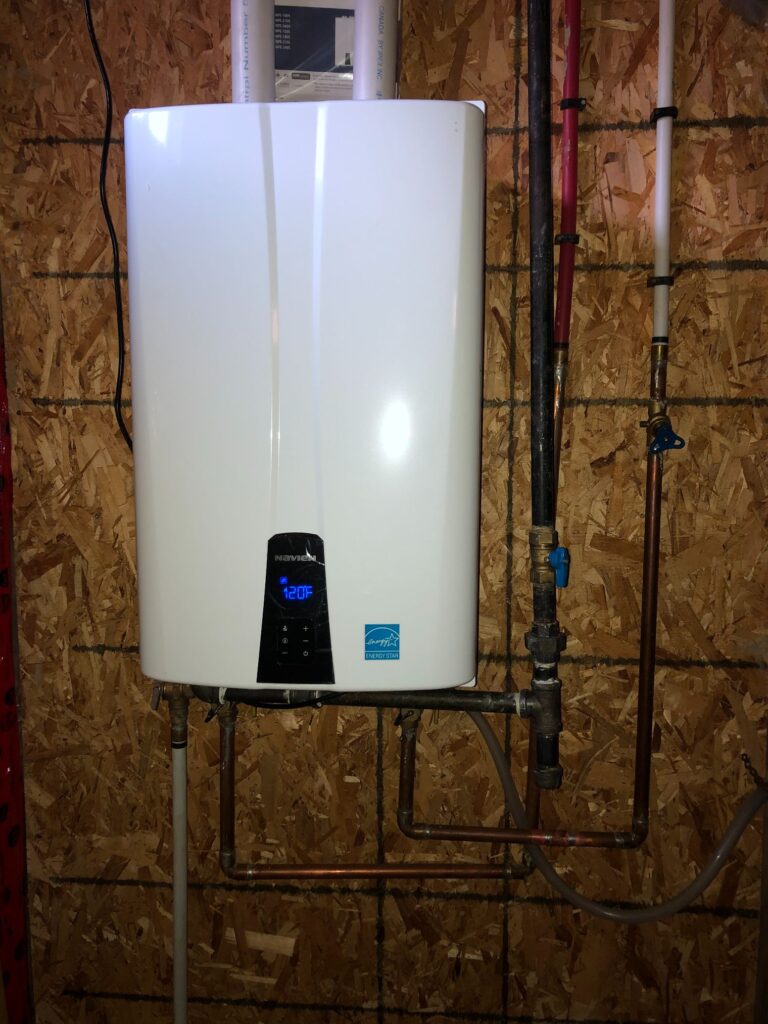
- You will need to cut the insulation to fit snug around the pipes, the TPR valve and the temperature control that extends from the tank.
- Roll the insulation around the side of the tank and use foil tape to seal the insulation edges together.
- If you have an oil or gas heater, be sure not to cover the top. For an electric heater, the insulation should fit loosely around the heater.
Contact a Professional
These simple measures can make a world of difference and save you money in the long run. The more care you give your water heater, the longer you can expect it to keep it running in good condition.
If you still need help repairing or maintaining your furnace, the team at Thermenergy offers friendly and professional hot water tank repair and maintenance services. We provide knowledgeable and expert advice paired with service built on excellence, as well as 24/7 emergency service. Contact us today for a free estimate

